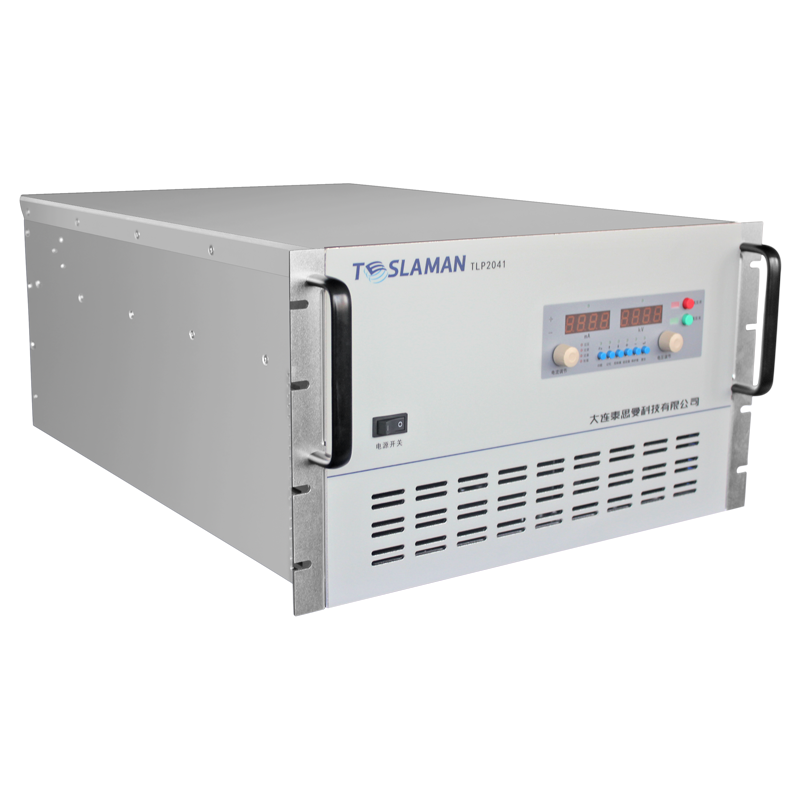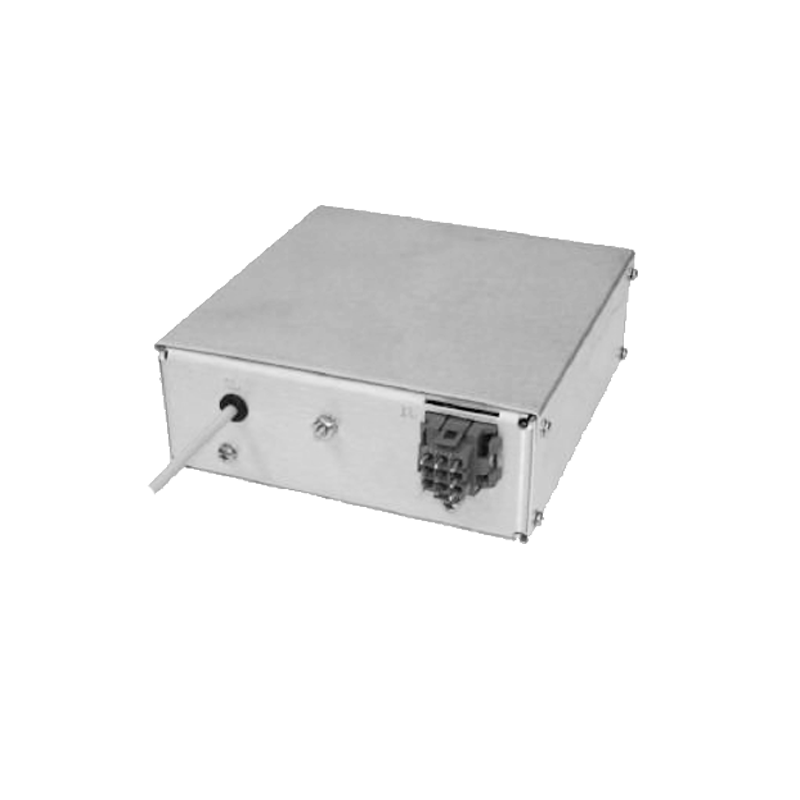Technical Pathways for Optimizing Anti-Interference Performance of High Voltage Power Supplies in Electrostatic Chucks
1. Core Value and Mechanism of Anti-Interference Performance
Electrostatic chucks, as critical components in semiconductor manufacturing equipment, rely on the stability of high-voltage power supplies to ensure wafer clamping force accuracy and process repeatability. Studies show that when power systems encounter electromagnetic interference (EMI) or temperature drift, output voltage fluctuations exceeding ±0.5% increase wafer displacement errors to over 3 μm, significantly impacting lithography alignment precision. Additionally, common-mode noise from mechanical vibration can reduce electrostatic clamping force by 20%-30%, posing wafer slippage risks.
2. Key Technical Strategies for Enhancing Anti-Interference Performance
1. Multi-Layer Electromagnetic Compatibility Design
A three-stage filtering architecture (input filtering, output filtering, and common-mode suppression) reduces conducted interference to below 10 mVpp. For example, integrating nanocrystalline magnetic shielding layers in high-frequency transformer windings lowers radiated noise by 15 dB. Experimental data confirm that this design maintains EMI intensity within the CISPR 11 Class B standard limits across the 1-100 MHz frequency band.
2. Dynamic Temperature Compensation Technology
A real-time temperature monitoring system using thermocouple arrays, combined with the low thermal resistance of silicon carbide (SiC) power devices, controls temperature drift coefficients to within 50 ppm/℃. At 85°C, output voltage deviations stabilize at ±0.05%, outperforming traditional solutions (±0.2%).
3. Intelligent Impedance Matching Algorithms
To address dynamic changes in wafer-chuck contact impedance (typically 10-100 MΩ), an adaptive PID control model was developed. By analyzing load impedance spectra in real time with DSP, output current phase angles are dynamically adjusted, reducing clamping force fluctuations from 5% to 0.8% and enhancing process stability.
3. Breakthroughs in Industrial Applications
For 12-inch wafer production lines, crosstalk suppression in multi-zone independent voltage control systems is challenging. Distributed isolated power modules and fiber-optic synchronization technology reduce voltage coupling between adjacent electrodes from 1.2% to 0.15%, achieving synchronization errors below 0.01 ms in 256-zone systems. This improves etch uniformity from 89% to 97%. Additionally, integrated Prognostics and Health Management (PHM) systems provide 48-hour early warnings for component aging, extending MTBF to over 8000 hours.
4. Future Trends and Innovations
1. Wide-Bandgap Semiconductor Integration
Gallium nitride (GaN) devices enable switching frequencies above 10 MHz. Coupled with 3D packaging, power supply volume shrinks by 60% while efficiency reaches 95%. High-frequency designs shift EMI energy spectra to higher bands, reducing noise density in process-critical ranges.
2. Digital Twin-Driven Interference Simulation
A multi-physics model integrating electromagnetic, thermal, and mechanical fields predicts interference sources through virtual commissioning. Testing shows this approach shortens anti-interference design validation cycles by 70% and cuts R&D costs by 45%.




















